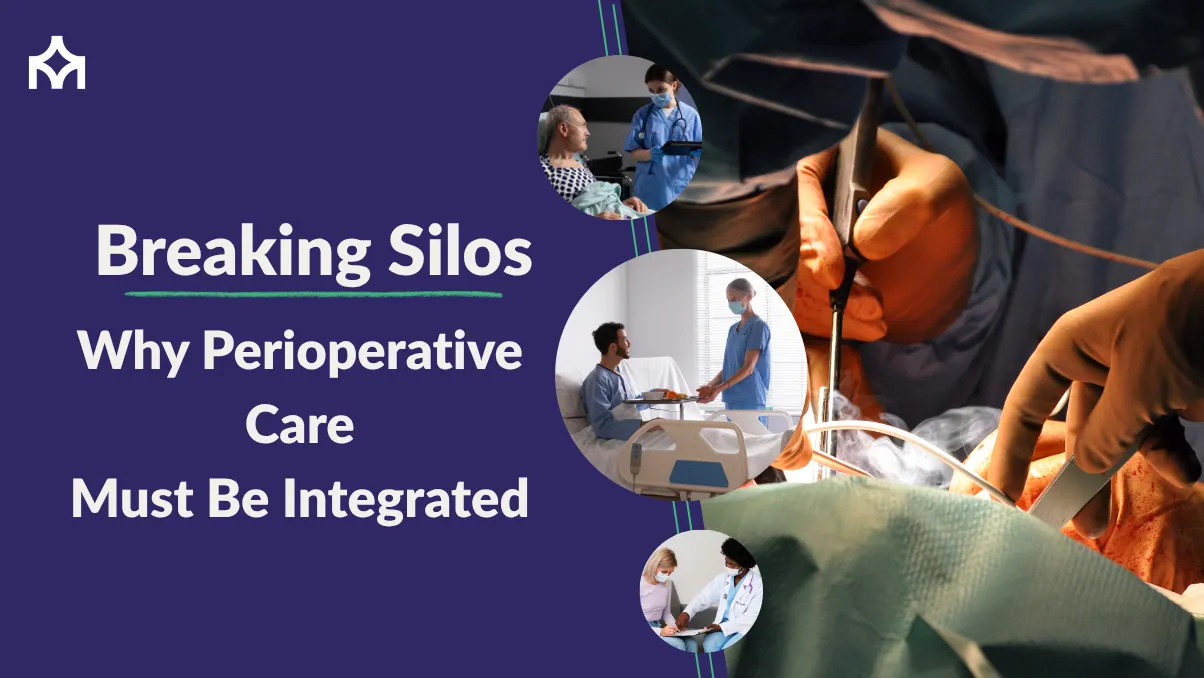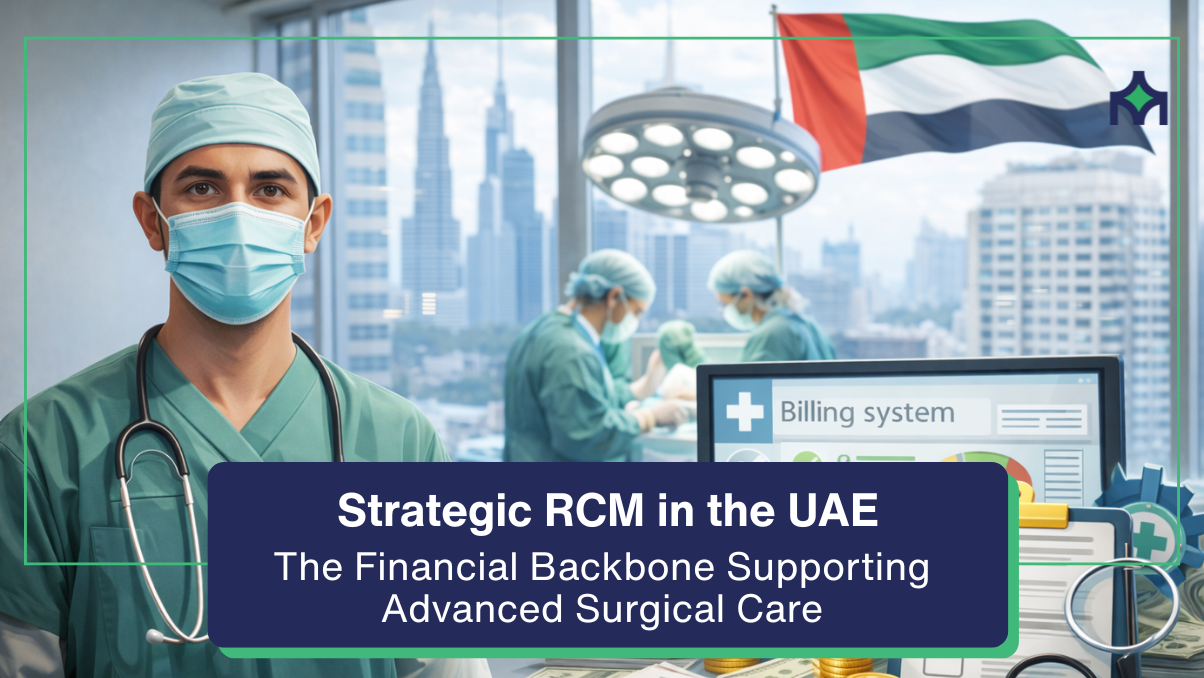Breaking Silos: Why Perioperative Care Must Be Integrated
Integrated Perioperative Care: Breaking Silos for Safer, Faster, Value-Based Surgery
Patient-centred, value-based care is rising, yet perioperative services—pre-op, intra-op, and post-op—often remain fragmented. The result: higher costs, preventable complications, and inefficiency. Health systems need an integrated perioperative model that connects teams, data, and decisions across the entire surgical journey. Modality Global Advisors (MGA) helps organisations make that shift—turning disjointed steps into a unified, high-reliability pathway.
The Problem with Siloed Perioperative Care
When pre-op readiness, intra-op execution, and post-op recovery operate in isolation, care quality and efficiency suffer:
- Delayed surgeries and cancellations from incomplete workups.
- Avoidable complications due to poor handoffs and inconsistent protocols.
- Inefficient OR scheduling and prolonged length of stay (LOS).
- Unnecessary readmissions and increased staff burnout.
Studies estimate nearly 30% of surgical complications are preventable—often tied to communication and workflow fragmentation.
The Case for Integrated Perioperative Care
Integrated pathways bring surgeons, anaesthesia, nursing, primary care, case management, and rehab into a single playbook with real-time communication and standardised steps.
- Improved outcomes: ERAS-aligned care lowers complications and readmissions; coordinated chronic disease management reduces intra-op risk.
- Cost efficiency: Shared plans and data eliminate redundancies; streamlined workflows save $1,500–$3,000 per case.
- Patient experience: Personalised plans, clear expectations, and smooth transitions build confidence and speed recovery.
How Modality Global Advisors Drives Integration
- Care pathway redesign: Standardise and optimise workflows from pre-admission to discharge, with clear roles and accountability.
- Technology integration: Align EMRs, patient-tracking, and predictive analytics to enable seamless data flow and real-time decisions.
- Team-based performance models: Multidisciplinary huddles, escalation protocols, and variance reviews to keep teams aligned.
- Training & change management: Coaching, simulations, and leadership development to embed a sustainable culture of reliability.
Integrated Model: What Good Looks Like
| Phase | Integrated Practice | Outcome Impact |
|---|---|---|
| Pre-op | Risk stratification, prehab, medication optimisation, patient education | Fewer cancellations; fewer complications |
| Intra-op | Checklists, antibiotic/VTE timing, device readiness, OR orchestration | On-time starts; lower SSI/anaesthesia risk |
| Post-op | Digital ERAS, milestone tracking, remote follow-up and early warning | Shorter LOS; fewer readmissions; higher satisfaction |
The Future Is Collaborative
With rising surgical volume and complexity, operating in silos is no longer viable. Integration is a strategic necessity. MGA partners with providers to dismantle barriers, connect data and teams, and centre peri-op care on the patient journey—consistently, safely, and at scale.
Ready to integrate your peri-op care? Let Modality Global Advisors help you standardise pathways, align teams, and improve outcomes: hello@modalityglobal.com.






